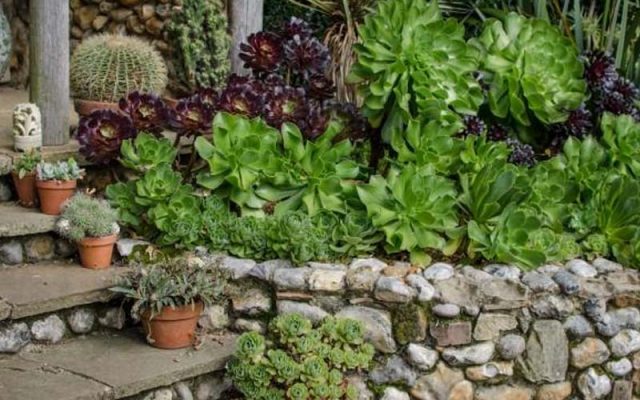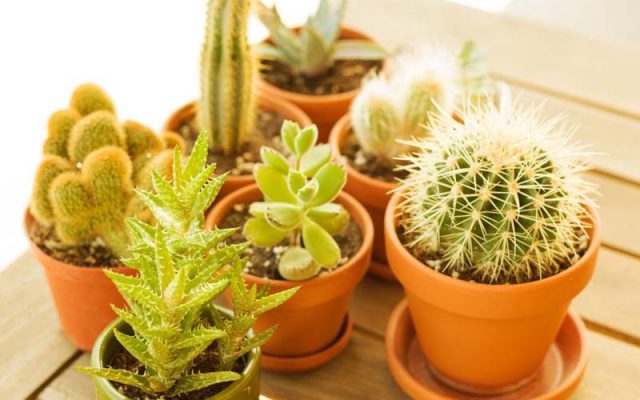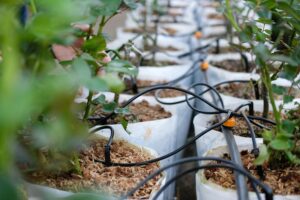What is Xerophytic gardening? Everything you need to know

Do you love gardening?
Well, there are different ways you can design your garden. Here we have brought you low maintenance yet stylish way to decorate your garden: a Xerophytic garden.
Whether you: are living in an arid region, want to save water, are too busy for high maintenance plants, or want to avoid the high expenditure of gardening. Xerophytic gardening is just the choice for you.
In this article, we have explained:
– Xerophytic gardening
– What are Xerophytes?
– Characteristics of Xerophytes plants
– Hidden beauty unlocked
– Xerophytic garden
So keep reading this article till the end…
What is xerophytic gardening?
Xerophytic gardening is the activity of growing xerophytic plants in a garden. They are an effective way of gardening in an arid region or a snow-covered area.
Xerophytic plants come in different colors, shapes, and sizes. They will transform your garden into heaven at minimal cost and less care. Moreover, growing cactus and similar desert plants are the trends of 2021. So select this super-trendy choice and customize your garden.
If you are a busy person or looking for lower-maintenance plants, these drought tolerating shrubs are the right choice for you.
What are Xerophytes plants?

Xerophytes are dry plant types that can adapt and survive in areas with a limited water source. These types of plants are evolved in ways that they can survive even in drought conditions.
Xerophytic plants are found in deserts or snow-covered areas. Their structures are physical and chemical adapted to save large quantities of water and withstand extreme conditions.
Some popular Examples of Xerophytes: Pineapple, Aloe Vera, Cactus, Agaves, etc.
Characteristics of Xerophytic plants
Well, after reading this question might have popped in you. How can xerophytic plants survive in an environment with less liquid water?
Physical Features for plants adaptation in desert
Xerophytic plants share some similar physical features such as shape, size, and form.
-
Reduce water loss:
Hairy or waxed surface, thick cuticles, Reduce Surface area, Nocturnal Stomata, Wilted leaves, and CAM photosynthesis.
-
Water storage:
Swollen trunk, root, stem, and leaves (Succulent plants) or Fleshy tuber.
-
Water uptake:
Extensive root system.
-
Other water-saving strategies:
Leaf wilting and abscission.
-
Survival in Dry conditions:
Reduce photosynthesis, Delayed growth and germination, dormancy, and saturated lipids.
-
Reduction of sunlight:
hairy or waxed leaf surface.
-
Air break:
Surface covered with small hairs called tomentose.
Hidden Beauty Unlocked: Xerophytic gardening design
Xerophytic adaptations of plants can be an eco-friendly and convenient option for you. Simple yet elegant, Xerophytes are perfect for a garden. Xerophyte plants are available in a wide range of shapes, sizes, and colors. You can find many xerophytes flowering plants to enhance the beauty of your garden.
These plants grow in desert and mountainous regions. Though it doesn’t mean you cannot decorate your garden with these beautiful, ornamental plants.
You can either plant them in a section of your garden.
– Any part of your garden which doesn’t receive enough rainfall, or receive too much sunlight.
– In a rocky or gravely area with low nutrient and moisture level
– Even if you live in a rainy area you can keep them as indoor plants. Succulent’s representative species Cactus are of the trending plants in 2021.
– Xerophytes can also be planted as flower gardens, container gardens, herb gardens, desert gardens,s or even rock gardens.
Xerophytic garden
Xerophytes are enough to of your garden.
Flowering plants:
Rockeries, Cacti, Trumpet vine, Agastache, Poppies, Rock daisy, Pride of Madeira, and Oleander.
Fragrant:
Lantana, Wallflower, Lavender,
Herbs:
Sage, Pineleaf penstemon,
Trees:
Pine, Cypresses, Palm-like cycads, and aloe-type agave plants.
Tolerating Shrubs:
Agaves, Jade Plants
Succulents:
Adenium, Lithops, hawarothias, and Moss rose,
Cactus:
Bunny Ears Cactus, Blue flame, and Claret Cup.
Fruits:
Dragon fruit, Strawberry cactus, bilberry cactus, Barbados gooseberry, and Epipyllum anguliger.
Medicinal properties:
Aloe Vera, Opuntia pods, etc.
Do I need to tell you more…?








